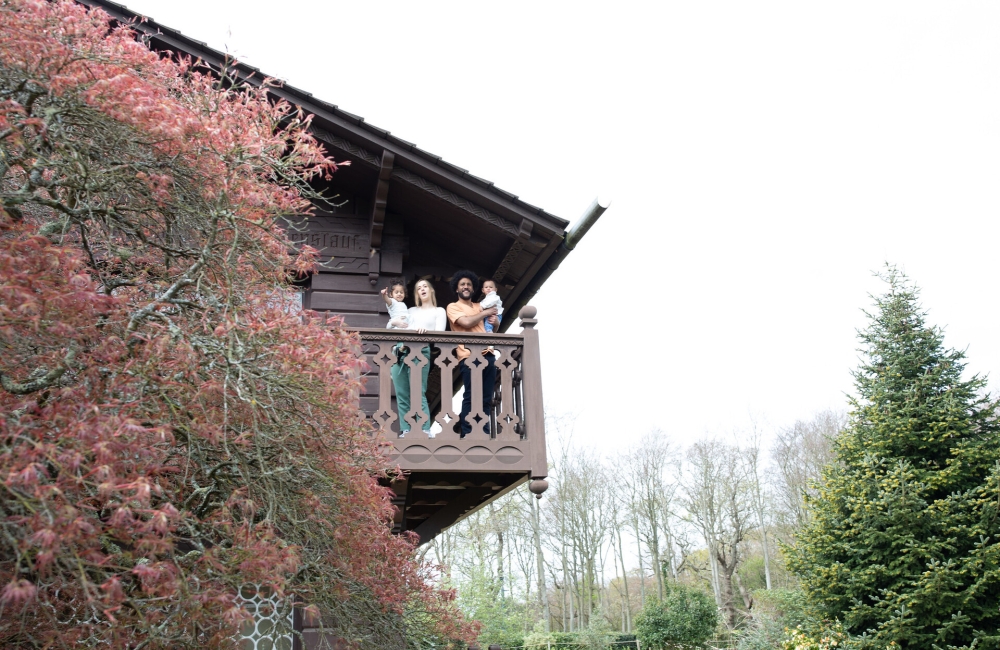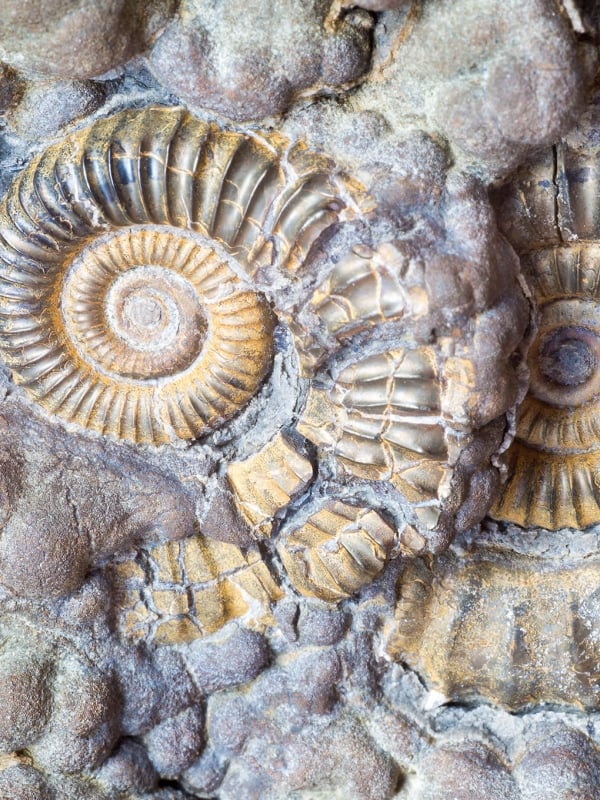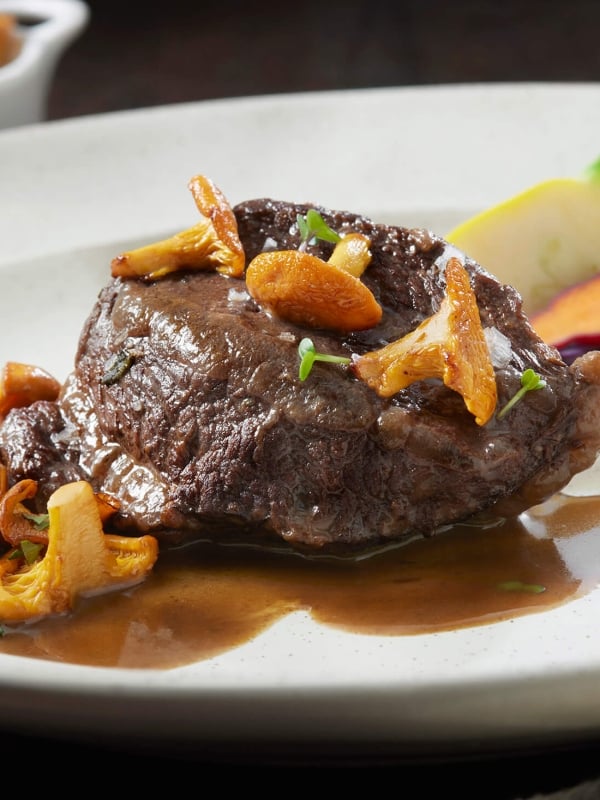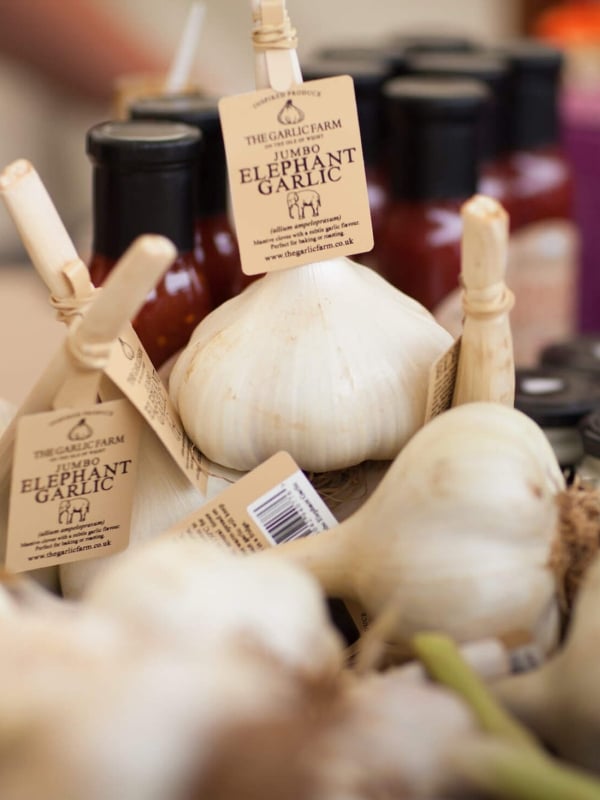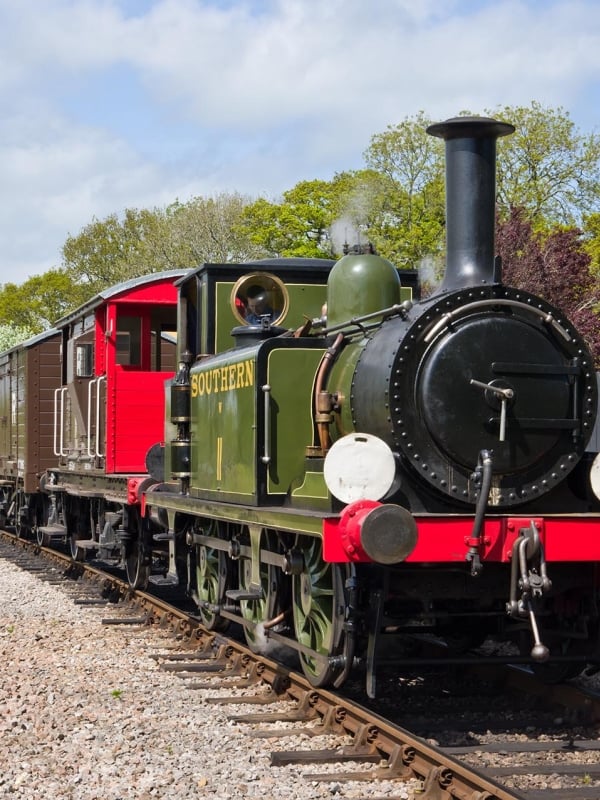A staycation fit for royalty
In the 1830s, the Isle of Wight became a very fashionable place to visit, as people escaped the thick smoggy air of the cities and headed to “take the air” at the seaside. Before she ascended to the throne, the then Princess Victoria visited the Island twice as a child, staying at Norris Castle with her mother. In 1845, she returned as Queen with her beloved husband Prince Albert and they fell in love with Osborne, which became the family’s royal summer residence right up until Albert passed in 1861. Queen Victoria had a long affinity with the Isle of Wight, with her royal influence still evident today. From the Queen’s beautiful palace by the sea to the home of her piano tuner, there are still many places associated with Queen Victoria to discover. We’ve compiled a list of some of our favourite places to visit with a royal association, as well as those visited by the Queen.
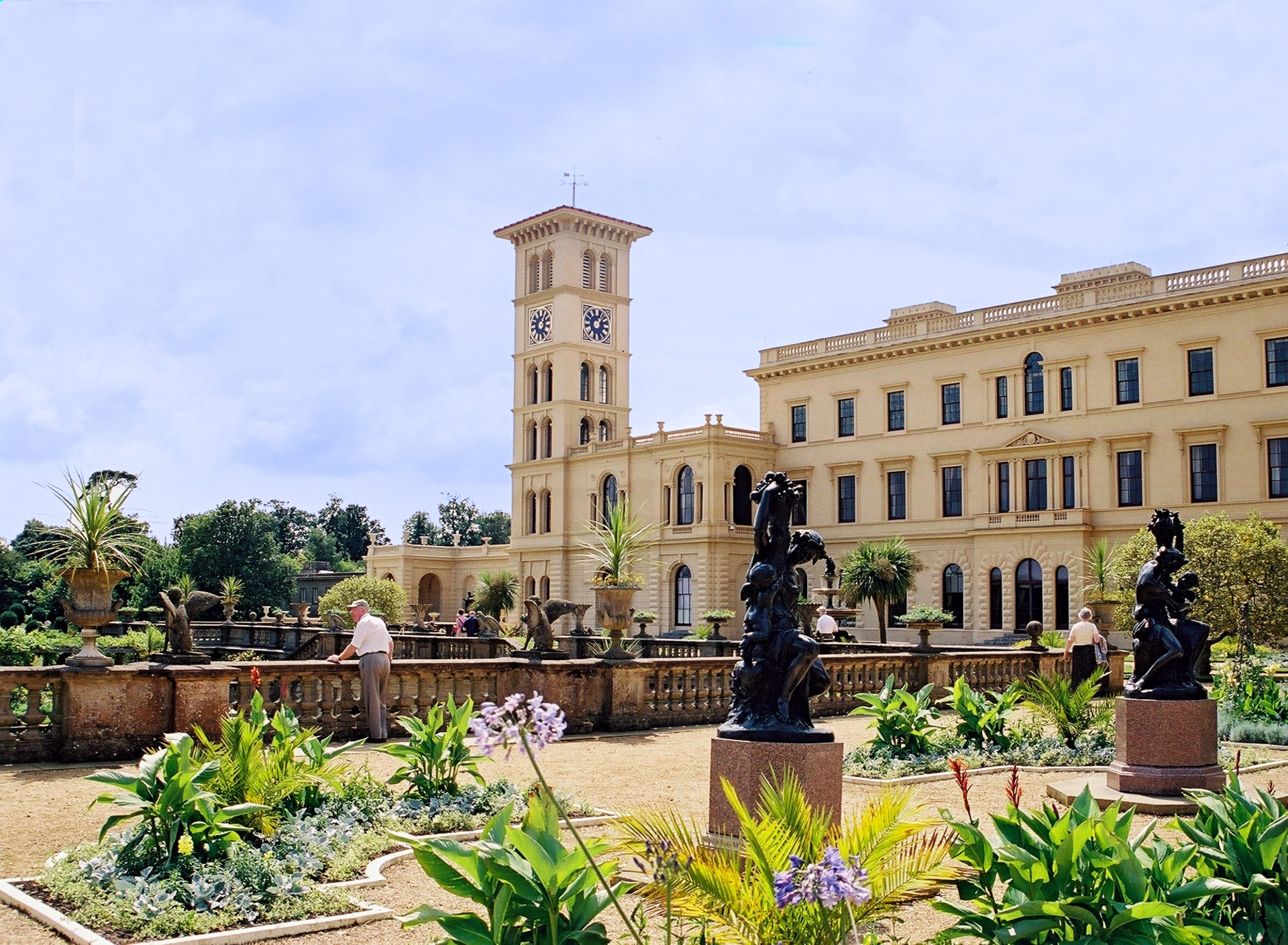
Osborne, East Cowes
Acquired by the royal couple in 1945, the Osborne estate was transformed into an elegant Italianate palace fit for a Queen by Thomas Cubitt, the design heavily influenced by Prince Albert. Situated atop a hill, the grand house looks over Mediterranean terraced gardens, across sweeping lawns and down towards Osborne Bay – a spectacular view which reminded Prince Albert of Naples. Osborne was Victoria and Albert’s private residence where they could create a private home away from court life. The couple and their nine children returned to Osborne every summer, their seaside retreat. The Swiss Cottage was built for the royal children to enjoy, complete with their own miniature kitchen and gardens where they learned to cook and grow vegetables – with Albert purchasing the best produce grown by the children for use in the main kitchen, teaching them the art of both the value of hard work and commerce. They explored the woodland, learned about wildlife, and learned to swim in the bay at Osborne, with Albert keen to teach his brood useful life skills and for them to enjoy a childhood away from royal duty. While Queen Victoria enjoyed time painting, writing poetry, swimming, and riding in the sweeping grounds of the estate, famously stating “it is impossible to imagine a prettier spot” of Osborne. When Albert sadly passed in 1861, Victoria lived between Osborne and Balmoral, wearing black until the day she died in her bedroom at Osborne in 1901, surrounded by her children and grandchildren. Both Victoria and Albert’s bedrooms were closed to the public for over 50 years, but today both these rooms, royal entertaining spaces, the grounds, beach and Swiss Cottage are open to visitors.
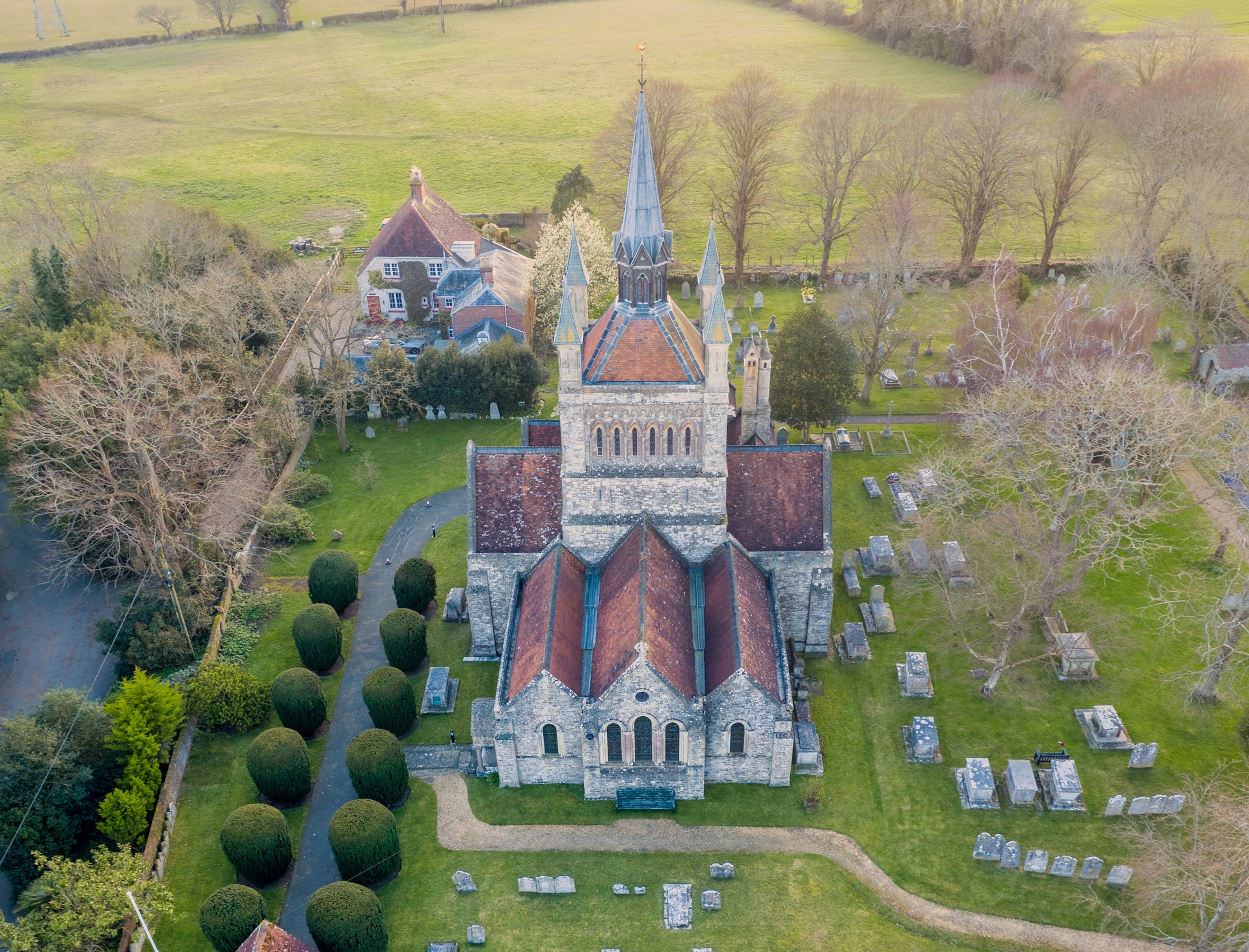
St Mildred’s Church, East Cowes
Dating back to Norman times, St Mildred’s Church is a piece of Island history. The beautiful gothic church that stands today was used by Queen Victoria and her family while residing on the Isle of Wight. The original church dated back to before the Domesday Book and was restored by John Nash in 1804, however Victoria wanted a new and more splendid church for her family. So, in 1854, the Chancel area was rebuilt under the guidance of Prince Albert who had a keen eye for design, and the rest of the church rebuilt in 1860 with beautiful white marble reredos and a copper and oak pulpit added in memorial of the Queen. The church became the royal church, with a royal wedding between Princess Beatrice and Prince Henry of Battenberg taking place in 1855. When Prince Henry sadly died in 1896 aged only 38 years old, he was buried at the church in a magnificent sarcophagus and the left wing of the church was renamed the Battenberg Chapel in his memory. Princess Beatrice later passed in 1944 and was buried with her prince at the church. Opposite the Battenberg Chapel is the Royal Pew, where you’ll find the Queen’s chair among the family’s pews and memorial tablets dedicated to the royal family – noticeably the largest is that of the Prince Consort on the west wall. The stained glass window depicts the arms of the Queen, of Prince Albert and that of Albert Edward, Prince of Wales who later became King Edward VII. There is a permanent exhibition of royal and local artefacts at the church and at the Church Centre, and lots of information on hand about the church’s royal history.
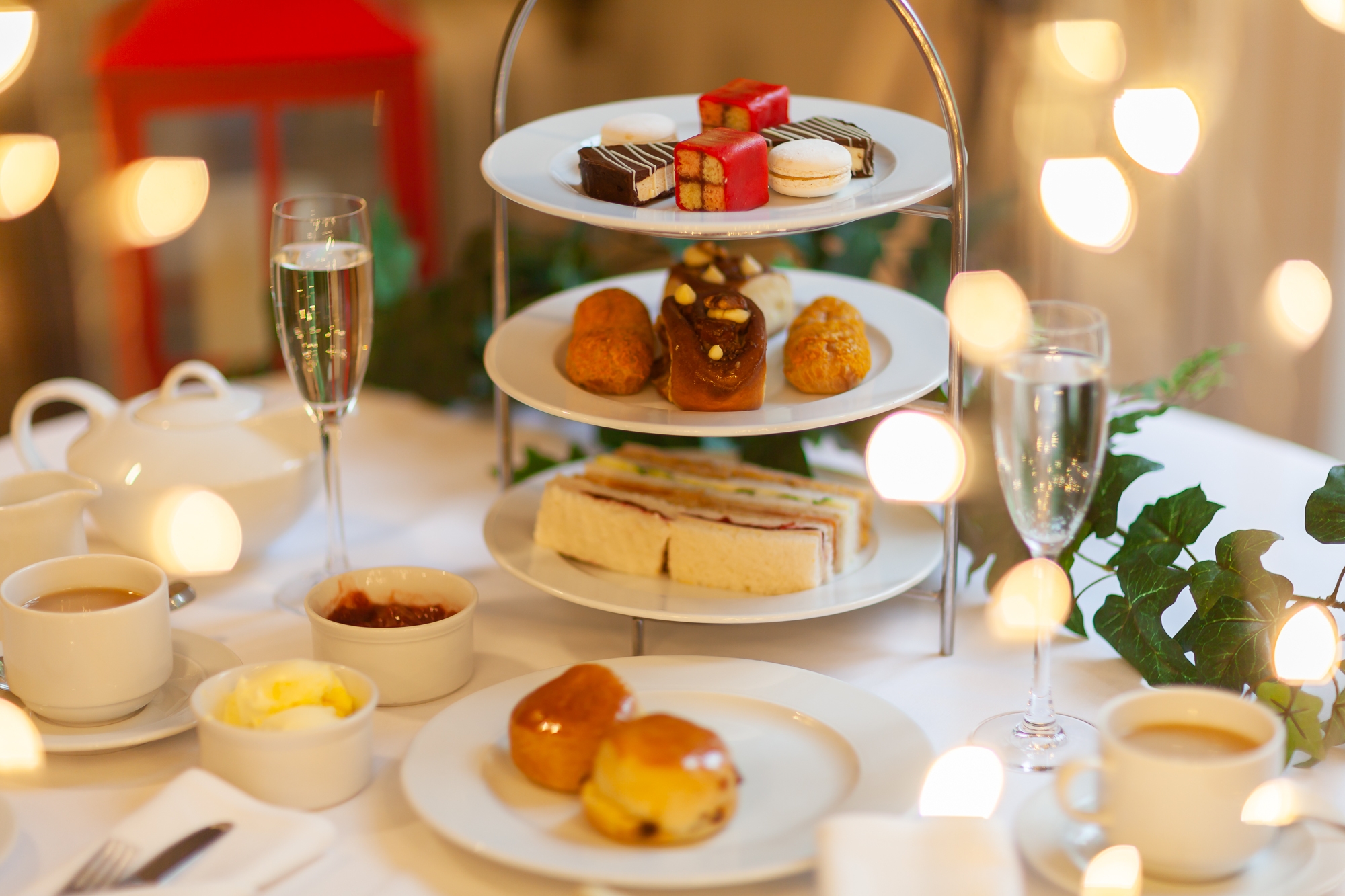
The Royal Hotel, Ventnor
Ventnor was a popular destination for Victorian visitors, a seaside resort town known as a spa. The Queen’s own surgeon, Sir James Clark, recommended Ventnor as THE place to take air thanks to the health-giving properties of its climate – “nothing along the south coast will bear comparison to it...” – and so it is no surprise that Queen Victoria spent time in the town, and it became a very fashionable place to be among the wealthy. The Queen often frequented “The Ventnor Hotel” for afternoon tea, with the hotel renamed The Royal Hotel in 1955 and “The Royal Gardens” named in her honour. Almost 200 years since it was built as an inn, The Royal is still welcoming guests today. Situated at the top of the hill overlooking Ventnor Bay, The Royal offers a taste of elegance and luxury from a bygone era. Book in for the weekend and enjoy a comfortable stay with a spectacular dining experience or stop by for dinner or afternoon tea. The hotel claims that its culinary offering will be the highlight of your visit, the restaurant achieving 2 AA rosette status for excellence for over 25 consecutive years. Dine in the light and airy conservatory, in the elegant restaurant or enjoy the gardens in summer. There’s even an outdoor heated pool.
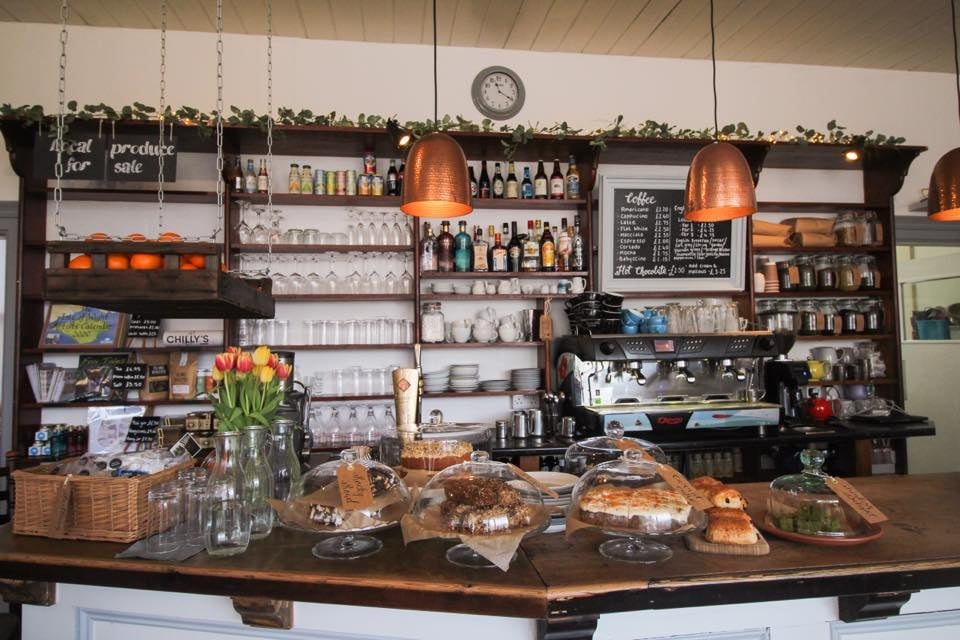
the Piano Café, Freshwater
A modern café serving a selection of breakfasts and light lunches, including delicious salads, flat breads, homemade burgers and bakes, The Piano Café is affectionately named after its historic past, once home to Queen Victoria’s piano tuner and supplier. Music making was an important activity in the royal home, with the piano at its heart. Victoria and Albert had pianos installed in the private apartments of all their residences, including Buckingham Palace, Balmoral and Osborne, and even on the royal yacht they regularly sailed around the Island. Together they played duets, arrangements of overtures and symphonies, and Albert introduced his wife to music by Haydn and Mozart (though Victoria declared herself “too modern to appreciate Mozart much.” The Piano Café today is a great spot for a bite to eat, just a short walk from Farringford Estate, the much-loved home of leading Victorian poet Alfred Lord Tennyson and the Tennyson Landmark. Tennyson lived at Farringford from 1853 until his death in 1892, where he composed much of his famous poetry. Just a short walk in the other direction you’ll find Dimbola Lodge, once the home of revered Victorian photographer Julia Margaret Cameron – now a tearoom and museum – and the pretty Freshwater Bay.
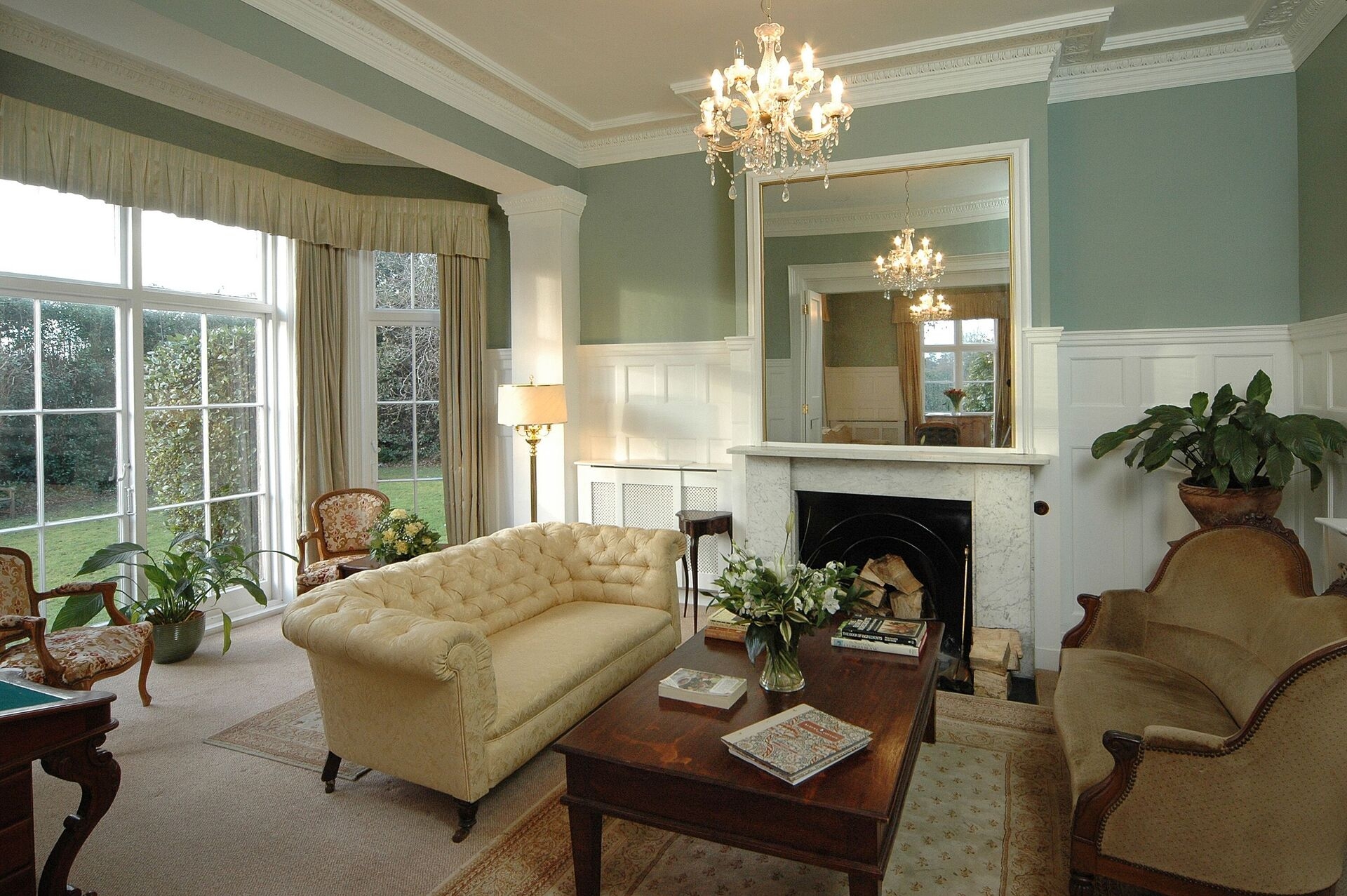
Albert Cottage, East Cowes
Built in the 1840s, Albert Cottage was purchased by the Prince Consort in 1852 to become a part of the Botanic Garden development at Osborne. The cottage, along with Osborne Cottage, was used by royal guests and emulates the elegant Italianate style of Osborne House. In 1899 a covered corridor was built between the cottages so that guests would not have to brave inclement weather. When Queen Victoria passed in 1901, her son and successor Prince Albert Edward, then King Edward VII, kept both cottages for the use of Victoria’s youngest daughter, Princess Beatrice. In 1933 the Princess moved to Carisbrooke Castle, and Albert Cottage was sold on as a private home. For many years after the last private owner passed, the cottage stood empty and neglected. It was restored as a hotel in 1999, more recently refurbished in a boutique style paying homage to Victorian elegance. Albert Cottage sits on the Osborne Estate, right next to the Queen’s Entrance to the main house, still reserved for royalty. Today the cottage is open to visitors as accommodation, as a wedding venue and for afternoon tea.
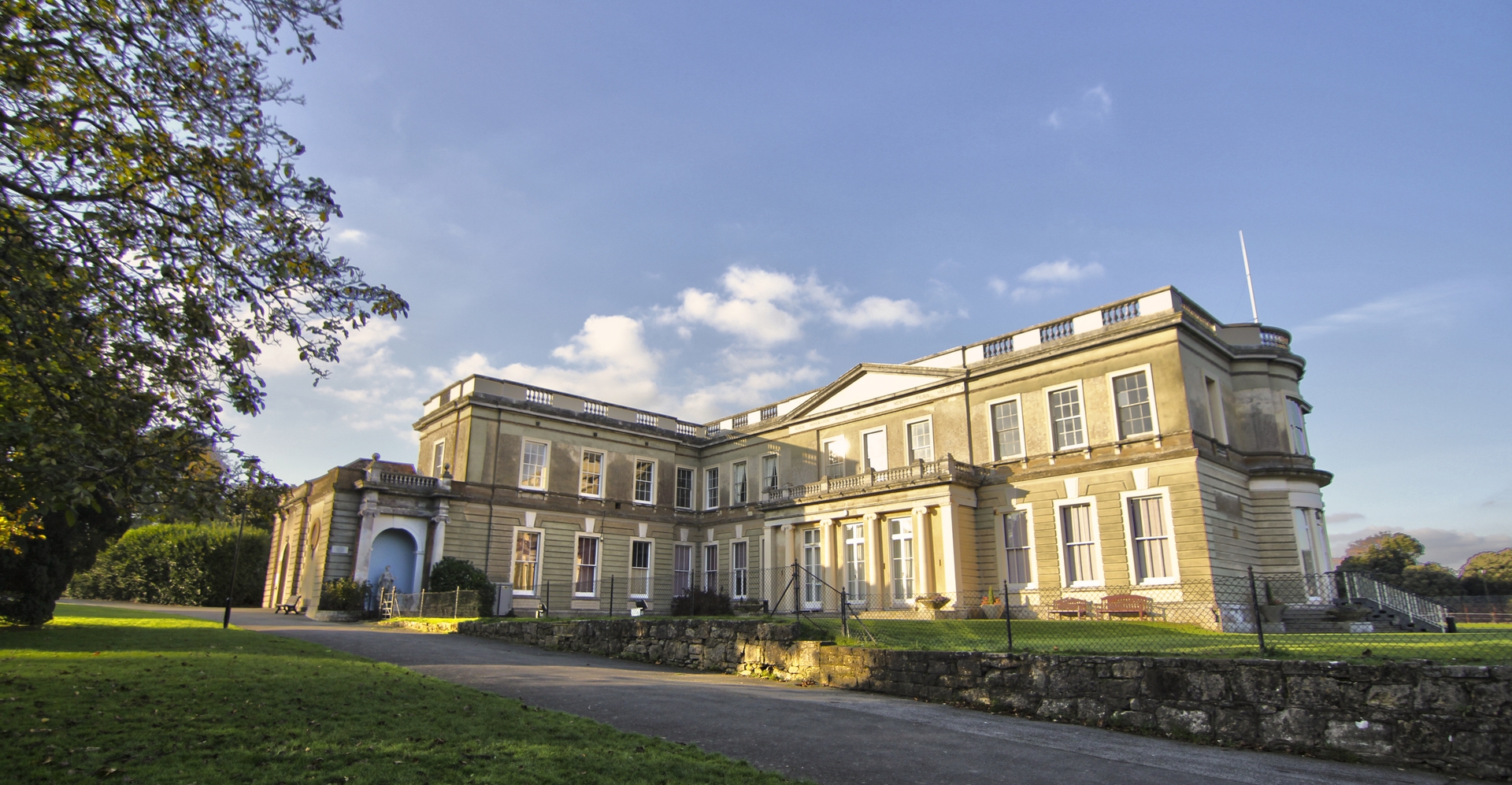
Northwood House, Cowes
Northwood House was part of a large estate owned by the Ward Family, rebuilt and remodelled in 1837 in part by Victorian architect John Nash, famed for his design of Brighton Royal Pavilion, Regent’s Park and Regent Square. The grand manor house at the heart of Cowes was THE venue for Victorian high society balls and parties, many of which were attended by Queen Victoria, Prince Albert and their family. In 1929, the deeds to Northwood House were given to Prince Beatrice, the Royal Governor of the Isle of Wight and youngest daughter of Queen Victoria. On the same day in front of the local townspeople, school children and public bodies, the Princess handed over the deed to Mr F.W. Beken, the chairman of Cowes Urban District Council for the use of the town. Today, Northwood House is at the heart of the Cowes community, offering beautiful gardens for walking and picnics, tennis courts, a bowls club and a children’s play area. The house itself offers a tearoom, a lawn bar in summer and various social events throughout the year.

